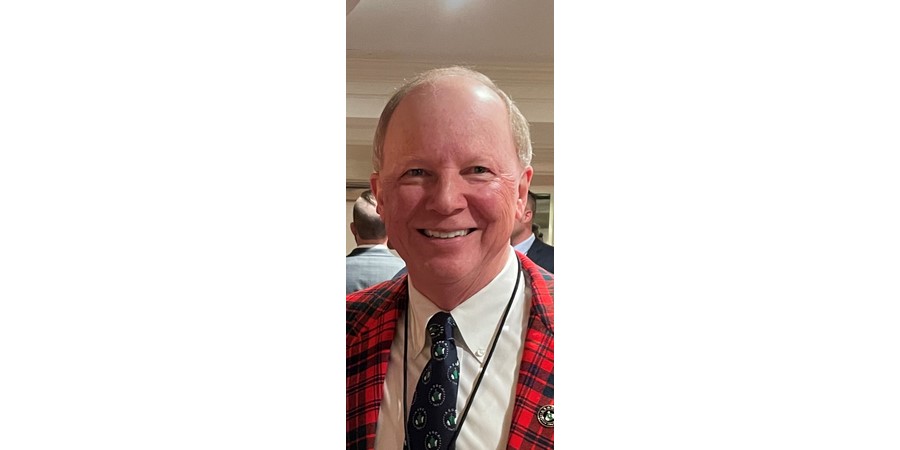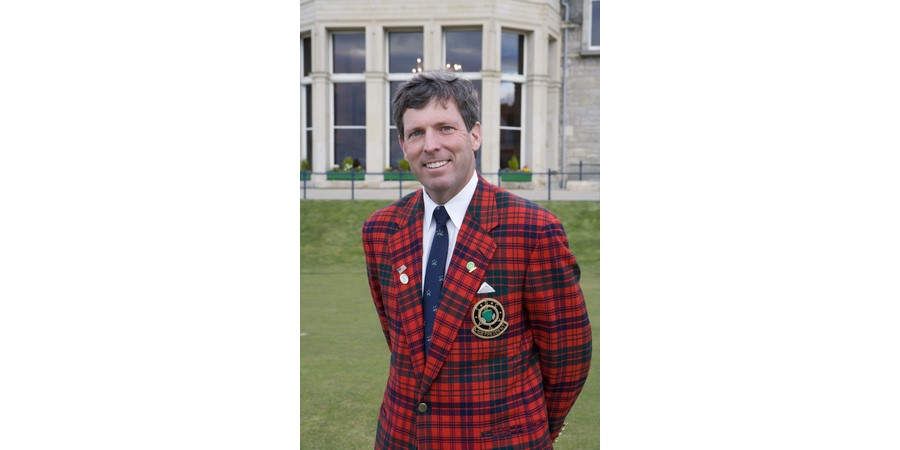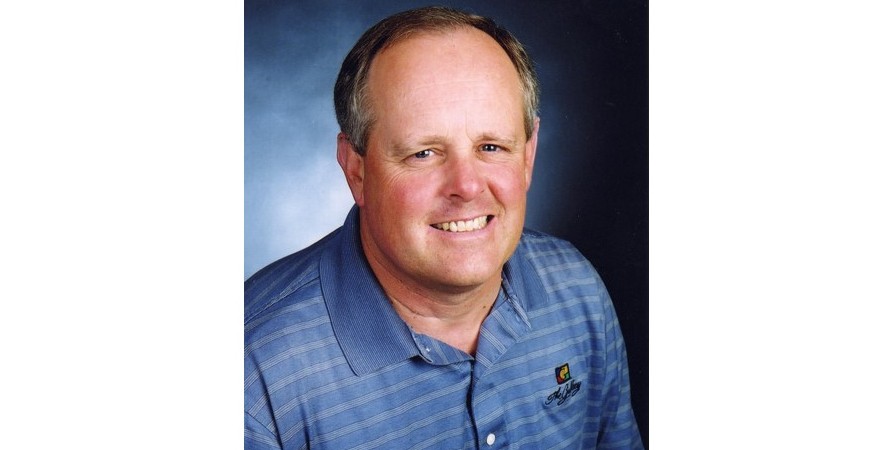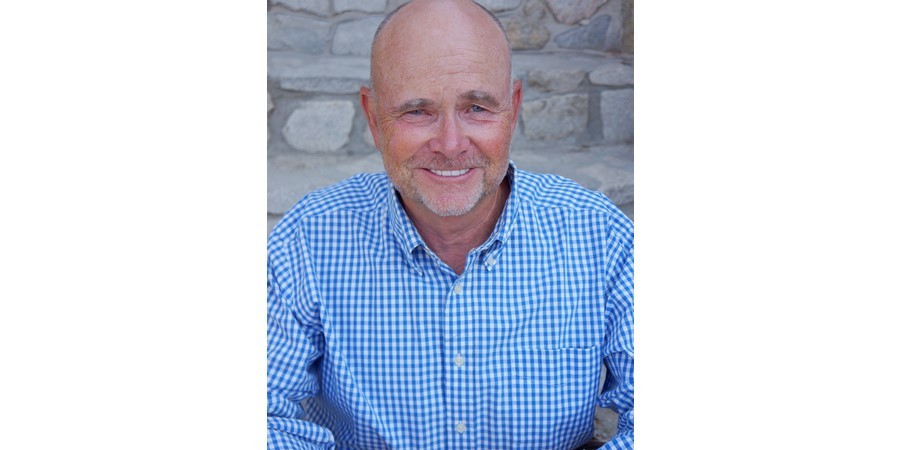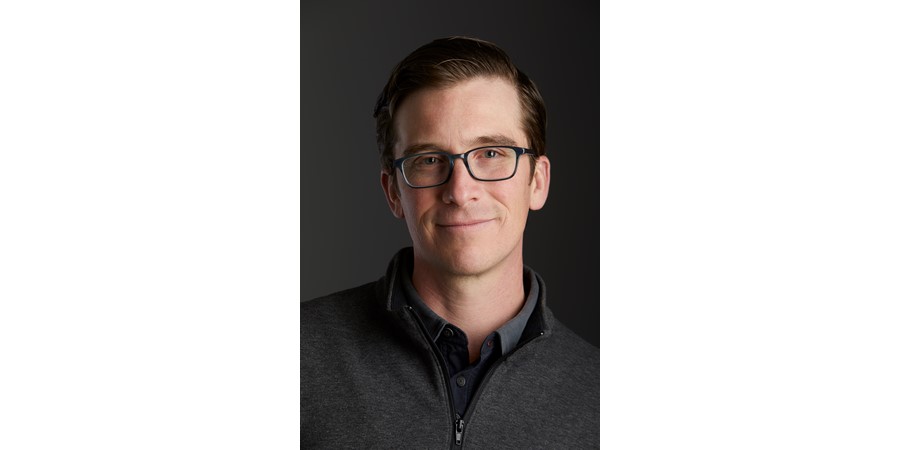Los Angeles, CA. It’s been 75 years since the last U.S. Open took place in the greater Los Angeles area and this week’s host site is both well-respected, ultra-private and a late arrival to the grand stage for the national championship of American golf.
Founded in 1897 and with several moves before finding its home at the present location in 1911, the current Los Angeles Country Club is the handiwork of noted architect George Thomas who updated the layout in 1927. Interestingly, Thomas created the trio of top tier LA courses with the likes of LACC, Riviera and Bel-Air respectively.
Located off Wilshire Boulevard, the 36-hole LACC is located on 312 acres on some of the priciest real estate in all of the United States.
The par-70 layout will play just under 7,500 yards and feature the unusual combination of three par-5 holes and five par-3 holes. Generally, the North is a par-71 layout but the 7th will play as a long par-3 for the championship.
In 2009-2010 architect Gil Hanse in concert with associate Jim Wagner completed work that updated the North Course. Assisting them was Geoff Schackelford, a golf architecture historian and George Thomas biographer.
The collective efforts enhanced the original design and bolstered the course by expanding playing options and reintroducing the specific “look” and “play” characteristics that were the hallmark of what Thomas envisioned.
The North Course has been a mainstay in the top 25 ranking of courses in the United States for many years. LACC has also been on the radar screen for quite some time by the USGA to host the U.S. Open but the club had politely declined doing so until recently.
The most fascinating question will be how well the North Course fares when going against the best players in the game? Five leading architects address a range of subjects on what they expect to see with this week’s fascinating U.S. Open Championship.
***
How much of golf design is “art” and how much is “science?”
JEFF DANNER: The ratio of one to the other varies significantly from project to project, but all projects require both to some degree. The right blend is highly dependent on the existing characteristics of the site, the constraints and opportunities it presents, the client’s program or wish list, and of course, the golf course architect’s abilities for creative problem-solving and envisioning what is possible.
For example, a sandy site with the right amount of undulation and opportunity for a “wow” factor is much easier to take an artistic touch with than a site with heavy soils, challenging topography, and constraints that limit what we can do. Even with a less-than-ideal site, we must be creative to let the constraints become opportunities.
Often, challenging parts of a project become what makes them truly unique. Unfortunately, there is no definitive answer to this question, but that is what makes the talents of a golf course architect so unique. We can judge how much of each to apply in any given situation.
JOHN FOUGHT: Golf design, in my opinion, is both. The fundaments such a solid routing and very strong strategic elements must come first in any design.
But the art or aesthetic element is what many golfers love when they play the course.
BRUCE CHARLTON: There is much more science than meets the eye. Most golfers don’t realize how much science is involved in the creation of great golf course. Much of our technical efforts, and corresponding money spent, is getting water off the site and making sure the accurate amount of water is distributed on the site.
Soil science and storm water management principles perform major roles. However, mother nature provides a wide array of tools in our design palette that we can artfully utilize in creating wonderful golf experiences. I would say it is 40% science and 60% art.
MARK FINE: While there are distinct differences between science and art, both disciplines strive to identify or create something unique. The golf architect uses a wide variety of tools on his design palette to shape the canvas he is given. In doing so, he relies on both science and art to reimagine what will be a one of a kind finished product.
The architect must recognize his work of art is a living breathing thing that will be constantly evolving either on its own or by the hand of man. He must consider how drainage, erosion, wind, rain, and Mother Nature will cause his piece of art to change. That is the science of design. At the end of the day, call it a 50/50 split of both art and science, the true beauty of golf and its playing fields is that everyone created is different.
BRIAN CURLEY: I would offer that the overwhelming majority is art. I do not consider the application of already accepted norms — such as standardized parameters for hole lengths, widths, line of sight concerns, bunker depths, maximum slopes, etc, etc. The list is long as being “science” as these are incorporated in the same way as a road engineer applies design standards.
In the big picture, most courses offer very similar solutions from number of holes on down the long list. The “science “ in my mind, would apply to pushing the limits of acceptance and most of this would apply to the art more than the engineering. Easy, natural sites become studies in art from the start. Difficult sites must first endure an engineered solution to solve various problems but these are typically done to accepted construction standards.
From there, the art dictates the product. A faucet set from Home Depot does the job but a customized product does so with style. No different with golf design.

The U.S. Open comes to LACC for the first time this week George Thomas did the design of the North Course, Riviera and Bel-Air. What specific elements define his unique style?
MARK FINE: Thomas was a master of design strategy. Every shot requires thought and consideration. Unlike on many courses where you steer away from the hazards, on a Thomas course, you need to play close to them because there is usually an inherent advantage be it angle of approach or line of sight to various hole locations.
Thomas believed in true risk vs reward and temptation. At the same time, he almost always allowed for a safer route to the green. What makes LACC so special is its phenomenal topography with its wide variety of hazards.
Precision, length, and shot making ability will all be tested at the U.S. Open this week. At the end of the day, the golfer who navigates their way over and around and through the gauntlet of challenges using the best decision making will win.
JOHN FOUGHT: I love his courses because they are always very strong strategically. He is able to weave proven elements such as a Redan green and wonderful strategic placement of bunkers to set up his courses.
And he had a flare for the dramatic. I wish we had more of his courses to study and play.

Related: The ten greatest shots in U.S. Open history
BRIAN CURLEY: One common design element of all three is starting the round with what he considered a soft opening mild par-5 that allowed players to ease their way into the round. I have always found it intriguing and something to do, but with today’s length, this can pose a problem with operations and getting people out of the gate without initiating a slow play problem with those waiting for the green to clear.
These courses were constructed at a time when this was not an issue but I believe that does not work today except in a member-club setting. As far as bunkering goes, each course is somewhat different, especially where Riviera works from a mostly flat valley floor as opposed to LACC and Bel Air there bunkering was cut into large rolling landforms .
Riviera employs a unique, sand belt solution where the tops of bunkers often rise above green surfaces — think of the par three 16th — in order to get bunker depth whereas LACC offers a more “nestled into the existing slope” approach, with somewhat flattish but fast greens perched above. LACC has the best barrancas* in the game.
BRUCE CHARLTON: My favorite trait of Thomas is his wonderful talent of providing multiple routes/strategic choices of attack that encompass players of ALL skill levels. I absolutely love his simple graphics he utilized to illustrate the multiple ways to play a given hole.
JEFF DANNER: When I think of George Thomas, I think of bold, strategic bunkering that is easily visible to challenge the players’ confidence and decision-making. I also think of using barrancas* and other natural features to create strategy and drama.
Perhaps most importantly, as a golf course architect, I’m enamored with how he let the land dictate the routing and course design to create something unique. There is no better example of this than Riviera, LACC, and Bel-Air, all very different pieces of land, but all three are pure Thomas.

You’ve got one question to ask Thomas — what specifically would you ask him and what do you think his answer would be?
JEFF DANNER: How would you approach renovating or restoring your own courses for today’s game with the benefit of modern technology and varied styles of practicing golf course architecture? Alternatively, what is your assessment of the restoration work others have done at your courses? I have no idea what he would say.
Given the current emphasis on restoration work, I’ve often wondered how any of the Golden Age architects would answer this. I am not questioning the brilliance or quality of these works, but I’ll bet you’d be hard-pressed to find one golf course architect who wouldn’t go back and change or improve a few things in their work if given the opportunity.
BRIAN CURLEY: It would require a primer conversation to update him on the current status of equipment and the impact on length. With that ,I would be interested in what he would consider proper lengths of holes especially long par-3 holes.
It always amazed me that course designers of his era incorporated long, 250-yard par threes at times with the equipment of the day. I suppose that his response would be that these holes were designed to play as a par 3.5 more than a 3. I also would want to know the importance of “par” and I assume his response would be very indifferent compared to today’s thinking that “par” is of such grand importance.
JOHN FOUGHT: What was the inspiration for your wonderfully crafted design projects at Riviera, LACC / North and Whitemarsh?
I think he would say that his experience in watching Pine Valley and other great courses being designed and built were what inspired him.
BRUCE CHARLTON: Specifically, at LACC – I would ask: “How big of role did the natural barrancas affect the routing of the golf course? “ I hope his answer would be that he started all potential routing and lines of play options respecting and artfully using the dramatic natural barrancas*.
MARK FINE: What would you do or not do differently to your original designs knowing how the game has changed from the time they were first built?
My guess is his answer for some would be a lot and for others not so much. If his original strategy was lost, he would try to restore it. At the same time, he would suggest adding in new or different strategy to any holes he felt no longer offered adequate interest and challenge.

Should an architect play a lead role in the set-up of a golf course for a major championship – especially if the architect is the creator or updater of the host course?
BRIAN CURLEY: A properly designed course should have already incorporated thoughts on tournament play. For example, including spectator routes and services / concessions and how to adjust set-ups and or mowing patterns during the process.
I have done this in the past with detailed plans on how to adjust for tournament play. Narrowing fairways should already be easily implemented without causing concern or odd solutions — such as fairway bunkers too far removed from fairway cuts. So, yes, but it should not be an 11th hour debate and the options should be easily incorporated. Then again, you can just set up as Oakmont does all year.
JOHN FOUGHT: It would be great if the setup crew at least asked the designer what he was thinking when he constructed the course.
I have had the privilege of accompanying the USGA and the PGA Tour through a tour of a tournament courses I built or renovated. I think we both learned things.
MARK FINE: Definitely not the lead role but if they are willing and available, the course architect should be a part of the course set-up advisory team. To me, understanding and appreciating original design intent is a crucial part of maintaining and properly setting up a golf course.
The architect can and should be able to articulate this and work with the team to help present the course in its best light for the challenge at hand.
BRUCE CHARLTON: Yes – without a doubt. The architect can provide important technical knowledge of the site as well as strategic philosophies incorporated in the original and updated golf course design.
I personally experienced this working with Mike Davis, John Bodenhammer and their inside and outside top teams at Chambers Bay in the preparations for the 2010 U.S. Amateur and then additional tweaks for the 2015 U.S. Open, based upon what the USGA learned during the U.S. Amateur. It was readily apparent to us throughout this experience that the architecture should be implemented in a methodology that gives the USGA as many options for course setup for a USGA Championship as possible.
We just successfully rubbed elbows again with the USGA in preparations for the 2023 Senior U.S. Open at our course at Sentryworld – Stevens Point, Wisconsin. Another great experience working with the USGA.
JEFF DANNER: We must have some involvement. Golf course architects know every square inch of the course they’ve been tasked with designing or renovating. They know how to make it play hard, and they know how to dial it back. However, it is a slippery slope. Every major championship has its ‘flavor.’ For every functionally sound idea we as golf course architects have, there are ten wild ones.
If we had free reign, the U.S. Open might play differently than the “U.S. Open,” which is why many fans watch. However, there can be some variation. It just means there needs to be a well-rounded tournament committee, with a golf course architect playing a significant role.
Part 2
*barranca: a narrow, winding river gorge
***
The Participants
Mark Fine
Graduated in 1982 from Drexel University with a B.S. degree in Commerce & Engineering. Following a successful business career which included being part owner/President of a global specialty products firm, he founded Fine Golf Design, Inc. in 2003 based in Allentown, PA. Fine’s background in golf includes over 30 years of study in golf architecture and design. He has a passion for the works of the “Golden Age” architects such as Ross, Mackenzie, Tillinghast, Watson, Raynor, and Flynn.
Actively lectures on the subject and his articles are featured in several leading golf publications. In 2006 he co-authored with Forrest Richardson a popular book with Superintendents and Greens Committees titled, “Bunkers, Pits and Other Hazards,” published by John Wiley and Sons, Inc. His field research includes playing and analyzing over 1,500 golf course designs around the globe including hundreds that have been recognized as the world’s best.
His firm, Fine Golf Design, provides a comprehensive range of golf course design and consulting services including Master Plan development, historic course restoration as well as renovation and redesign.
Bruce Charlton
Grew up in Iowa, where he took up golf at an early age and enjoyed a fine amateur career. Before graduating from the University of Arizona with a Bachelor of Landscape Architecture degree, he served as an assistant golf course superintendent at Manchester CC in Iowa.
Upon graduation, he joined the design firm of Robert Trent Jones II, where he has developed a number of outstanding designs, including Southern Highlands Golf Club in Las Vegas; Thunderhawk Golf Club in Lake County, Ill.; Bro Hof Slott Golf Club, near Stockholm, Sweden; and Chambers Bay Golf Course, University Place, Wash.
He currently serves as President and Chief Design Officer of the firm. Bruce is a Past President of ASGCA.
John Fought
Culminated a successful college golf career at Brigham Young University by winning the 1977 U.S. Amateur. After graduating with a degree in accounting, he turned pro, joined the PGA Tour the following year and won two events in 1979.
After several years, he turned to golf course architecture as a career, and in the late 1980s began working with Bob Cupp, eventually running a branch office in Portland, Ore. and serving as Cupp’s primary West Coast designer. In 1995 John started John Fought Design in Scottsdale, Ariz.
Some of his most recognized designs include The Gallery South Course in Tucson, Ariz.; Langdon Farms in Portland, Ore.; The Reserve Vineyards and Golf Club in Portland, Ore.; and Rush Creek in Minneapolis, site of a 1997 LPGA event.
Brian Curley
The Arizona-based golf course architect has been involved with a large resume of courses throughout the world. Raised in Pebble Beach, he developed a love for the game and its architecture at an early age caddying and working at Cypress Point and Pebble Beach Golf Links.
Began his career working with Pete Dye and his eventual business partner Lee Schmidt in the California desert on PGA West for the Landmark Land Company. An introduction to Mission Hills Golf Club in 1995 resulted in his long and successful list of courses in the Asian market, especially China where he created 25 courses for Mission Hills alone, many with Signature Tour pros but also under his own name.
He is a member of the ASGCA and a GOLF Magazine Top 100 panelist.
Jeff Danner
Is a Golf Course Architect with Richardson|Danner Golf Course Architects and is based in Mountain View, California. He has played a role in many award-winning new construction and renovation projects in the U.S. and Worldwide.
He and his partner, Forrest Richardson, recently renovated Anchorage Golf Course in preparation for the 2022 USGA’s U.S. Senior Women’s Amateur Championship. The first USGA Tournament held in the state of Alaska.
Has led or assisted in renovating several other tournament venues worldwide in association with other firms. Having worked in or traveled to over 30 countries, he has been exposed to various climates, cultures, and environments. Danner is one of only three golf course architects in the world to carry membership with both the American Society of Golf Course Architects (ASGCA) and the European Institute of Golf Course Architects (EIGCA).


